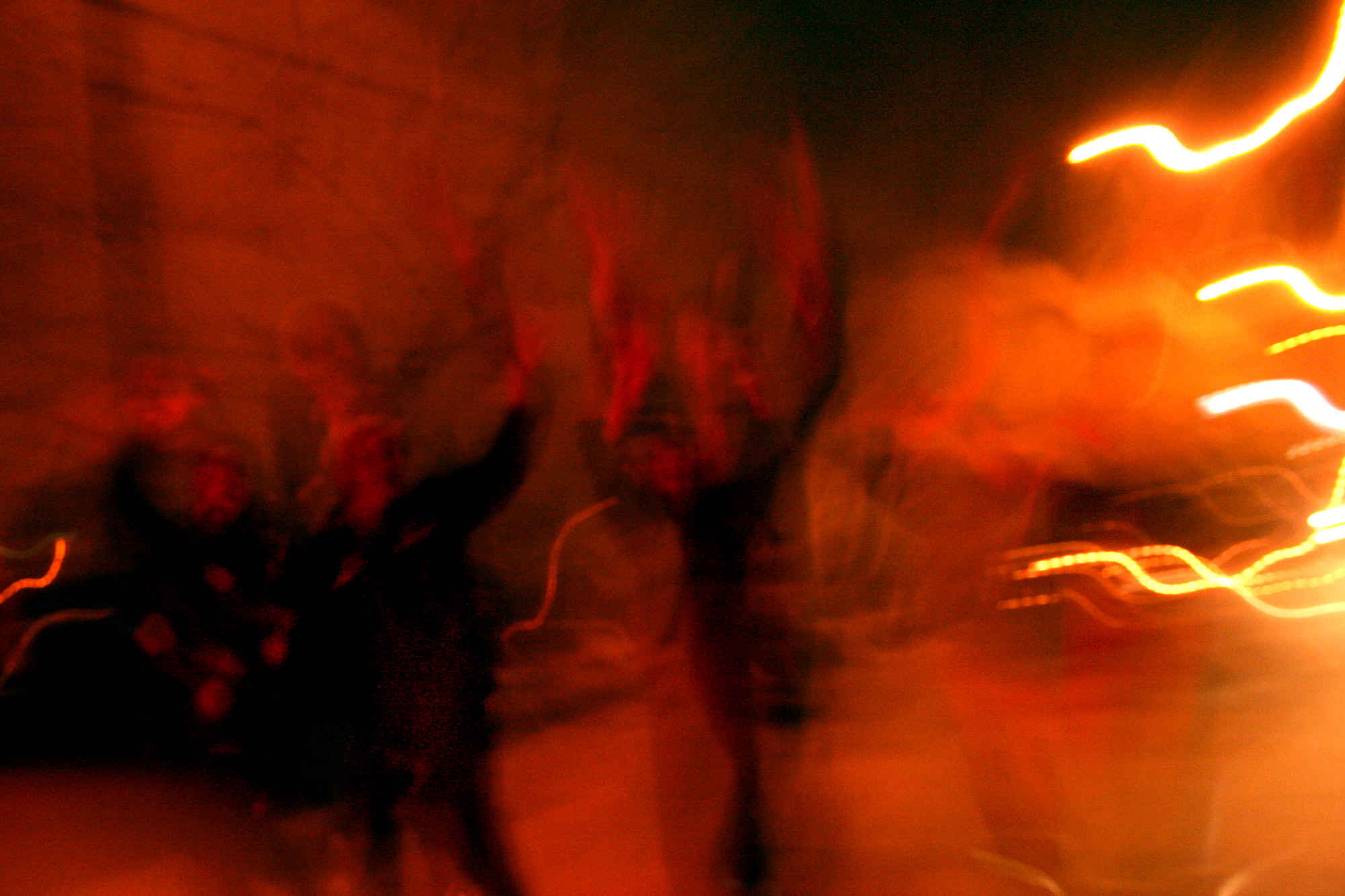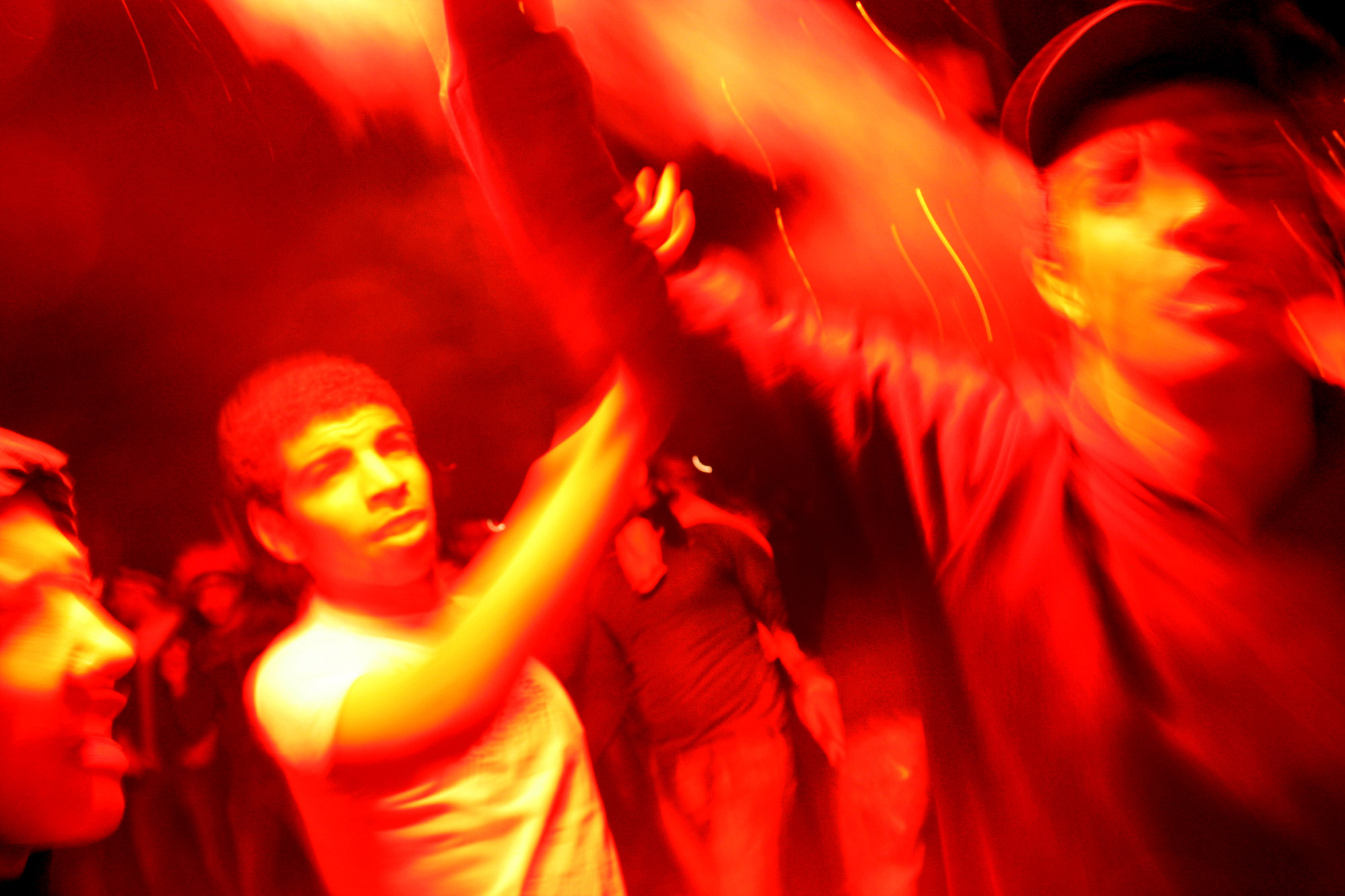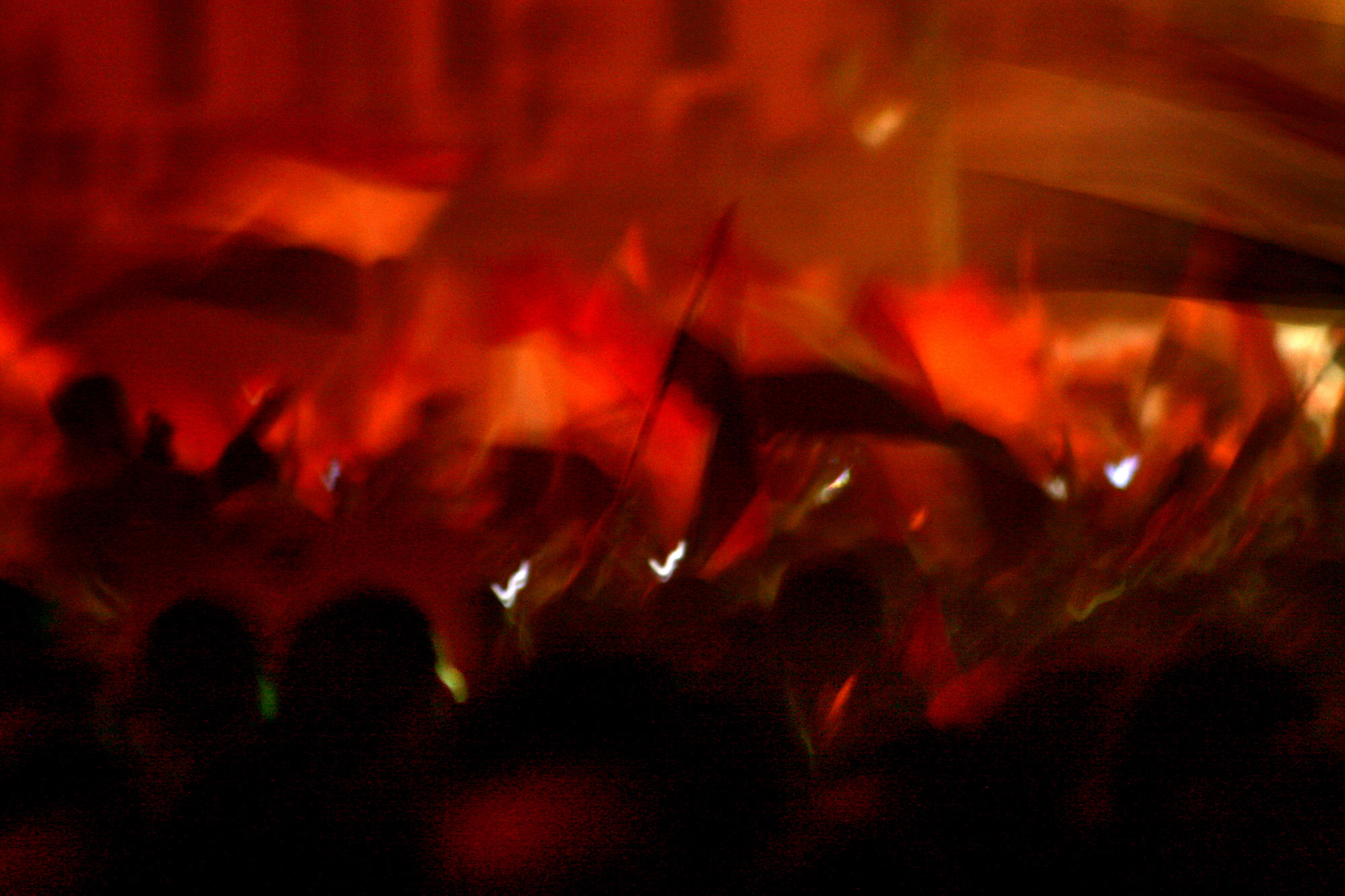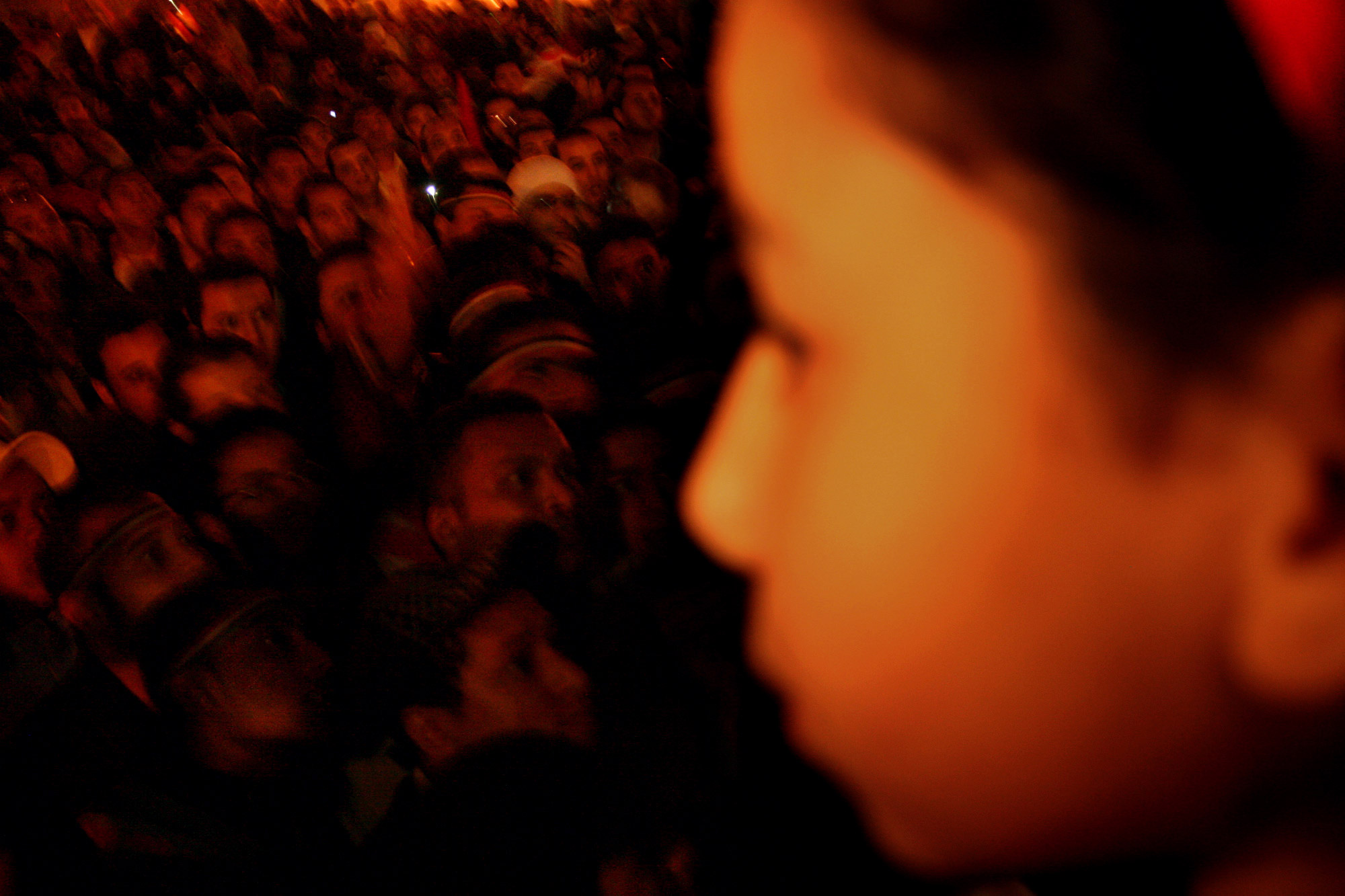
I remember a hot day, even though it was an unusually cold winter by Egyptian standards. It was the kind of heat that rouses your sweat glands when your nerves are beyond control; the sizzle you feel when you experience love; the tormenting yet exciting vigor you hold in your belly when you are contemplating the mysterious road ahead.
There was a fire raging that day, so lively the entire River Nile couldn’t tame it—the “Immortal River” in the flirtatious musical masterpiece, composed by Egypt’s legendary Mohamed Abdel Wahab.
Tahrir Square was the throbbing heart of this fire. Tahrir is a meaning you can only, truly appreciate when you say it with the “h” rubbing against the low depth of your throat and your tongue rolling like tight curls under its “r.” It is Liberation Square. The roundabout opening its veins to downtown Cairo’s bustling shopping and business district. It is a symbol of freedom in a country whose rulers traditionally governed like Pharaohs. Tahrir is the historic landmark that united Egyptians in 1977’s Bread Riots, that hosted protests against the U.S. invasion of Iraq in 2003, and that has been the epicenter of anti-government demonstrations against Hosni Mubarak, the Supreme Council of the Armed Forces and the Muslim Brotherhood in the past five years.
Tahrir is not a place of coincidence. Everything that happens there is intentional.
On Feb. 11, 2011, thousands of people were in the square. This was the 18th consecutive day in a popular sit-in that brought the country to a standstill. “Leave … Leave … Leave!” crowds stubbornly chanted in unison against Mubarak’s devastating 30-year tyranny. Mubarak, whose name in Arabic means “fortunate,” was a military man who started out humble but over the years developed the greed, arrogance and corrupt demeanor all dictators share. Rumors said he was grooming his youngest son, Gamal; something Syria’s Hafez al-Assad had done with his son, Bashar. Under Mubarak’s rule, the country was placed under a state of emergency for nearly 30 years, giving police authorities extensive powers and overriding constitutional rights. Egyptians fell subject to daily abuses at the hands of the people they paid to protect them. “Bread .. Freedom .. Social Justice.” Tahrir was the arena where Egyptians dealt their mounting grievances a collective final blow in the face of the regime.
The weight of the crowd on this day was enormous. The pillars of the autocracy had slowly disintegrated over the past days. Protests broke out across the country, workers went on strike outside their factories, newly-hired ministers frantically placed by the regime to hush people resigned days after their appointments. International leaders told Mubarak to listen to the will of the people. Many Egyptians living abroad flew in to join their compatriots. It was a matter of days, hours, maybe even minutes and Tahrir was the place to be when it happened.
The sense of sitting on the edge of history was profound – like being perched on a cloud, dangling your feet in the air. My memories are as surreal as the day. The air smelled like firewood. The sky was painted in blue and purple. People were performing Maghrib (sunset) prayers. A cold breeze brushed across my face, its remnants shifted the makeshift tents in the camp. I stood near the north-east end of Tahrir, not far from the Omar Makram Mosque, named in honor of the Egyptian resistance leader who rose to prominence during the 1798 French invasion of Egypt. As people turned their heads to mark the end of prayer, my eye caught a group of men huddled over a small radio through a slit in their tent. I saw them jump with their fists in the air. The whole square followed in harmony. Mubarak had resigned.
I saw nothing but red after that moment – fireworks lit the sky, flames lit people’s eyes. There was so much passion. I was on the same euphoric drug everyone in the square was breathing – an outer body experience. An incredible joy words fail to describe. The inability to control my movement in a collective dance of people high on a dream realized. I remember thinking my pictures could not capture the magnitude of this event. I had never experienced anything of this enormity. It was a whirlwind of fleeting images and sounds. There was no way to savor the moment to the fullest. Friends from all over the world, some of whom I hadn’t heard from for years, sent congratulatory messages: “Egyptians have done it! What does it feel like to be there?”
I couldn’t really answer them. Tahrir is a story you had to live in order to tell.
Laura El-Tantawy is an Egyptian photographer based in London.





More Must-Reads from TIME
- Why Trump’s Message Worked on Latino Men
- What Trump’s Win Could Mean for Housing
- The 100 Must-Read Books of 2024
- Sleep Doctors Share the 1 Tip That’s Changed Their Lives
- Column: Let’s Bring Back Romance
- What It’s Like to Have Long COVID As a Kid
- FX’s Say Nothing Is the Must-Watch Political Thriller of 2024
- Merle Bombardieri Is Helping People Make the Baby Decision
Contact us at letters@time.com